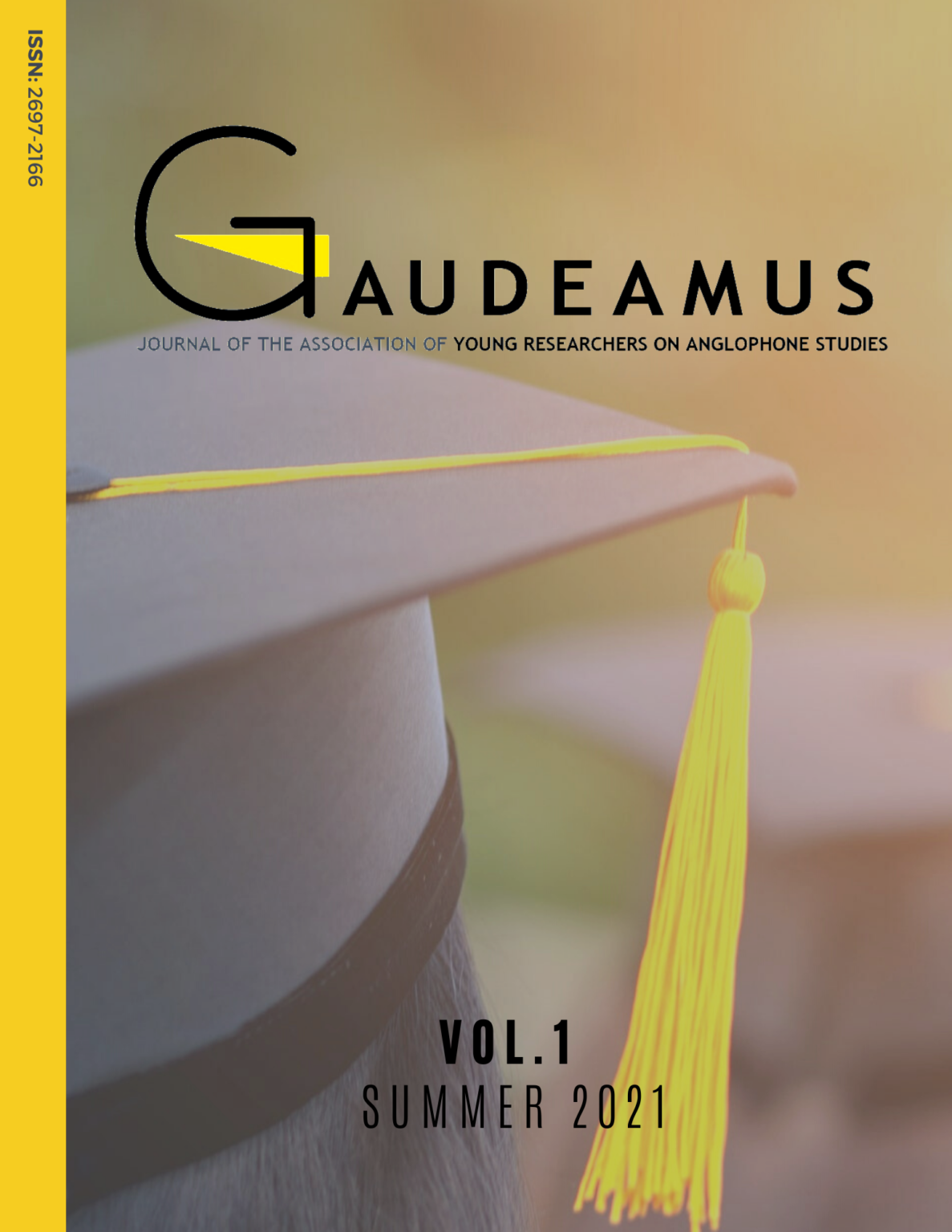Epiphanic Eros in Kate Chopin’s Uncollected Short Stories
Keywords:
Kate Chopin, North American literature, epiphany, sexuality, short storiesAbstract
Kate Chopin employs the theme of epiphany in her most famous novel: The Awakening (1899). Nevertheless, this topic keeps repeating throughout her literary production, as Chopin’s writings approach the epiphany from different perspectives: spiritual, sexual, religious, or physical revelations. This paper explores those of her uncollected stories that deal with the sexual “awakening”, specifically “The Storm” (1898) and “A Shameful Affair” (1892). Chopin’s uncollected stories are not usually in the spotlight in literary criticism, but this paper aims to highlight its importance as feminist epiphanies. After clarifying the concept of epiphany, both stories are analyzed as erotic epiphanies. These stories work in opposition in the treatment of sexuality, but they also share many points in common. While “The Storm” embraces the discovery of sexuality, “A Shameful Affair” reflects the fear of women to accept their erotic feelings. As a similitude, the stories share the topic of religion, though in different forms, and the ambiguity of the endings. Despite this ambiguity, Chopin accurately represents the situation of women in the American South at the end of the 19th century, as the stories under discussion depict women’s limitations in their sexual decisions.
References
Beer, Janet, ed. 1997. Kate Chopin, Edith Wharton and Charlotte Perkins Gilman: Studies in Short Fiction. London: Palgrave Macmillan UK. https://doi.org/10.1007/978-1-349-26015-7_1.
Chopin, Kate. 2002. Kate Chopin: Complete Novels and Stories. Ed. Sandra M. Gilbert. 3rd ed. New York: The Library of America.
———. 2018. The Awakening. Ed. Margo Culley. 3rd ed. New York: W. W. Norton & Company.
Fluck, Winfried. 1982. “Tentative Transgressions: Kate Chopin’s Fiction as a Mode of Symbolic Action”. Studies in American Fiction, 10.2: 151–71. https://doi.org/10.1353/saf.1982.0017.
Horner, Avril. 2008. “Kate Chopin, Choice and Modernism”. The Cambridge Companion to Kate Chopin. Ed. Janet Beer. New York: Cambridge University Press: 132–46.
Kim, Sharon. 2012. Literary Epiphany in the Novel, 1850–1950: Constellations of the Soul. New York: Palgrave Macmillan US. https://doi.org/10.1057/9781137021854.
Koloski, Bernard. 1996. Kate Chopin: A Study of the Short Fiction. New York: Twayne.
Pratt, Annis, Barbara White, and Andrea Loewenstein. 1981. Archetypal Patterns in Women’s Fiction. Bloomington: Indiana University Press.
Puckett, James A. 2019. “Death and ‘Divine Love’: Kate Chopin’s Reading of Walt Whitman”. American Literary Realism, 52.1: 68-88. https://doi.org/10.5406/amerlitereal.52.1.0068.
Seyersted, Per. 1996. “Per Seyersted on ‘The Storm’”. Kate Chopin: A Study of the Short Fiction. New York: Twayne: 145–48.
Toth, Emily. 1999. Unveiling Kate Chopin. Mississippi: University Press of Mississippi.Wehner, David Z. 2011. “‘A Lot Up For Grabs’: The Idiosyncratic, Syncretic Religious Temperament of Kate Chopin”. American Literary Realism, 43.2: 154–68. https://doi.org/10.1353/alr.2011.0009.
Downloads
Published
How to Cite
Issue
Section
License
Copyright (c) 2024 Paula Asensi Camarasa

This work is licensed under a Creative Commons Attribution 4.0 International License.
Authors who publish with this journal agree to retain copyright and grant the journal right of first publication with the work simultaneously licensed under a Creative Commons Attribution License that allows others to share the work with an acknowledgement of the work's authorship and initial publication in this journal. Also, authors will retain the rights on their work, even if they will be granting Gaudeamus a non-exclusive right of use to reproduce, edit, distribute, publicly communicate and show their work. Therefore, authors are free to engage in additional, independent contracts for non-exclusive distribution of the works published in this journal (such as uploading them to an institutional repository or publishing them in a book), as long as the fact that the manuscripts were first published in this journal is acknowledged.





